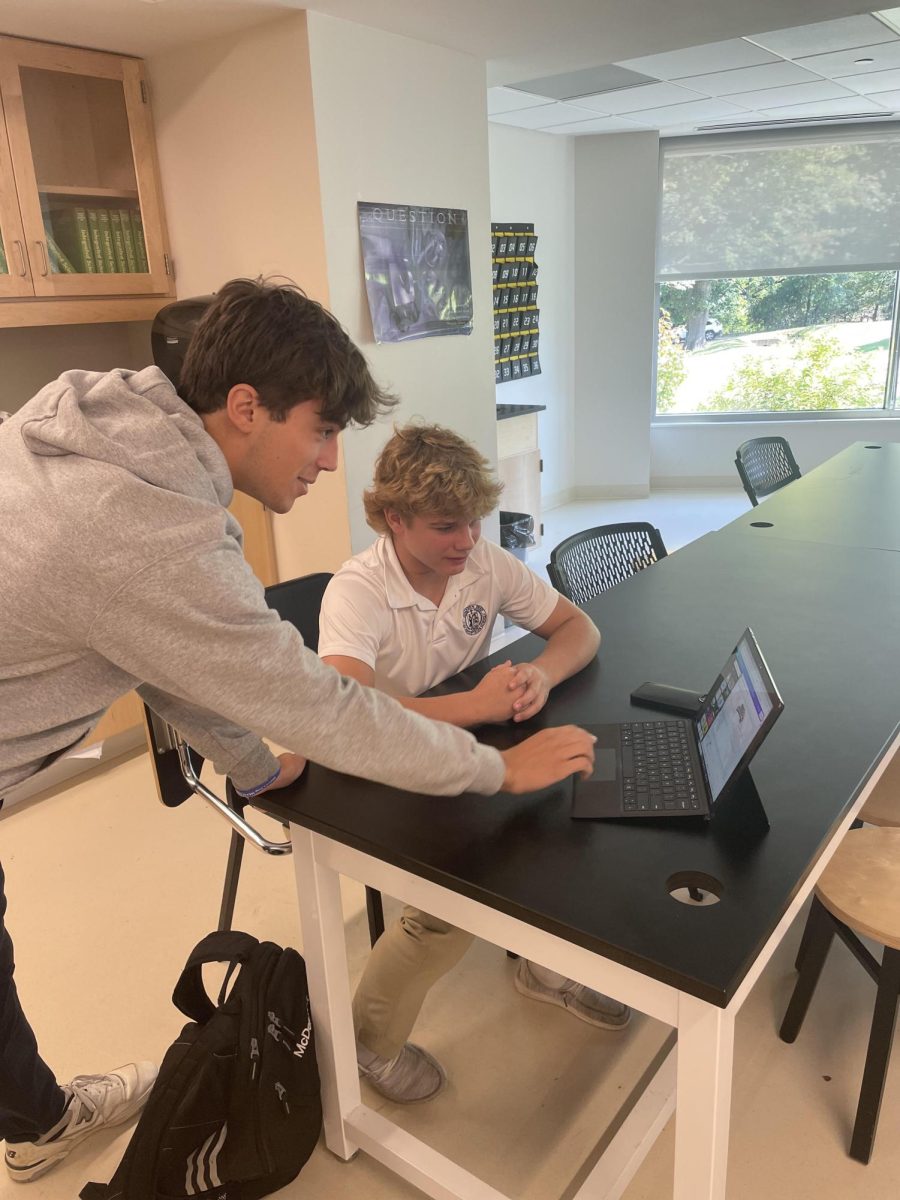What if phones had open platform hardware?

In 2013, the mobile phone and smartphone market was worth about $341.4 billion dollars. As it seems more and more commonplace, a large variety of cell phones have started to appear within this industry. Many manufacturers, such as Apple and Samsung, has become some of the biggest players in this rapidly growing market. Because of that, there is a large variety of different phones. Most of the time, consumers are forced to choose a phone that doesn’t exactly fit their needs. Instead of having users conform to their phones, why not have phones made specifically to the user?
Project Ara aims to solve that problem. Based off of Phonebloks, this project is an adaptation of the same concept by Google. The two companies have teamed up together to try to create a phone that fits the needs of the user individually. Both Google and Phonebloks are working to create an open platform that allows users to swap in individual modules onto a structural frame. This will allow users to obtain the features they want, while reducing the cost of features that users won’t need. If, for example, a user is a photographer, they would most likely use a bigger camera module, a large battery module, and good screen module, while at the same time taking out or downgrading non-essential features such as a cellular radio module, a speaker module, and a weaker processor module. All of these modules are held in place by electropermanent magnets, which holds the modules in place until they are released by an app on the phone.
However, the team behind this project also envisions this as a way to place smartphones to users in developing countries as well. In fact, one of the team’s goals is to release a $50 “bare minimum” model, which will contain only the structure, a screen, a processor, and a Wi-fi radio. The idea is that as time goes on, rather than purchasing an entire new smartphone as technology advances, users can just replace the modules. On their website, the team even bills the phone as a product that is “designed exclusively for 6 billion people.”
Other than your basic modules that you can find on any phone (camera, GPS, screen, etc.), there are also plans for more specialized modules as well. At Google’s Advanced Technology and Projects developers conference, they have also introduced more specialized modules as well. One of the more notable modules was a pulse oximeter, which could be used in more medical, as well as personal, environments. Another module that was shown off was a credit card reader. This would allow small businesses to process credit transactions without purchasing expensive equipment. Even then, at the conference, Google has released a developer’s kit, which will allow third parties to make modules. This will allow people and companies to create modules that will work with Project Ara.
As of now, Google and Phonebloks do not plan to release a consumer-grade device until 2015. While there has been some headway, including a functioning prototype, more development is needed. The team behind the project has released a developer’s kit, which is downloadable on their website by anybody and allows many to gain a closer look at this project. In the future, we can see these types of modular smartphones become more and more commonplace.





